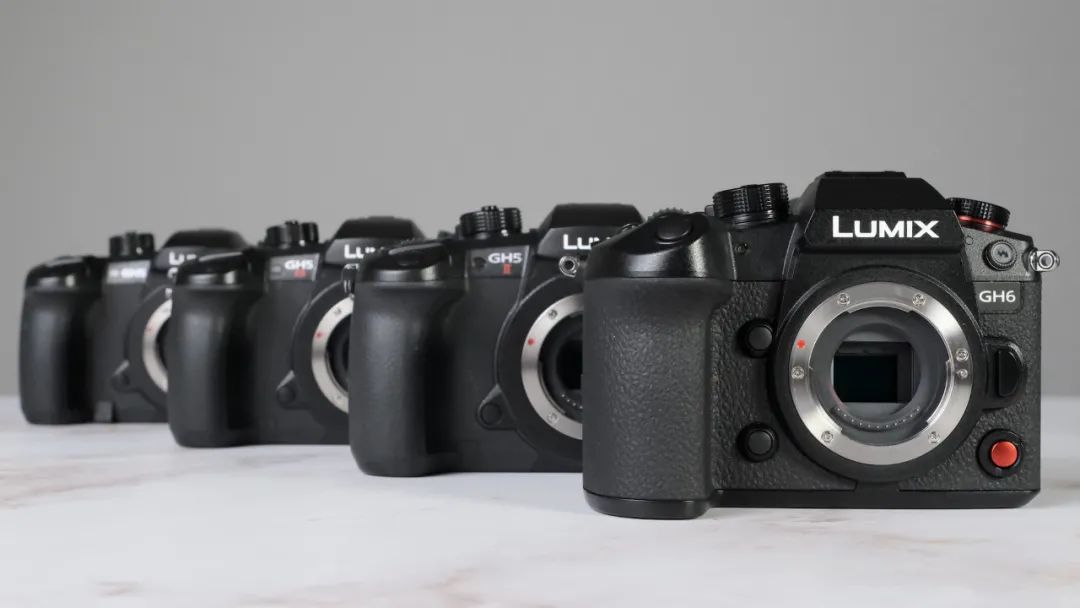
The release of the Panasonic GH6 has been delayed for more than a year, and the phase difference focus expected by users has still not been implemented on the new machine.
In response to the above questions, recently, CineD, a well-known independent video photography evaluation website, interviewed Mr. Yosuke Yamane, director of Panasonic's Digital Imaging Business Department. Huying has compiled the key information in it, let's read it together.
Source / CineD
Edit / Liang Shuang
Yosuke Yamane
Director of Panasonic Digital Imaging Business Department
Reasons for the delay in the listing of GH6
Panasonic had envisioned releasing GH6 in late 2020, but it didn't go as planned. There are two main reasons: the ongoing chip shortage and the collection of a lot of feedback from video creators and filmmakers about features and specifications. Yosuke Yamane said that this steady stream of feedback is very helpful in determining the most needed features for new models.
Second, he also talked about some of the difficulties encountered in developing this camera:
- With newly developed sensors and processors, the components will not be in place very quickly
- New technologies require intensive research and development
- Multiple iterations of testing and improvements
The GH6's goal is to become a competitor to full-frame mirrorless cameras in terms of dynamic range and speed.
All of these technologies generate a lot of heat inside the fuselage, even the newly introduced B-type CFexpress cards generate heat, so the heat dissipation system must be added.
It was not until February 22 this year that the Panasonic GH6 was officially unveiled worldwide.
New LUMIXGH6: More than the sum of the specifications on a piece of paper
According to Yosuke Yamane, the new LUMIXGH6 is more than just a sum of specifications on a piece of paper, one of the goals of developing GH6 is to be able to generate "zero edit" images, which can capture more natural and three-dimensional images. This is due to the fact that the new machine uses a newly developed image engine, which is not reflected in any spec sheet. Yosuke Yamane also pointed out that GH6 provides filmmakers with proRes (rather than RAW). Although there is no option to record ProRes RAW internally, Panasonic and its partner Atomos will support proRes RAW.
Panasonic decided to still use the further improved contrast detection autofocus
According to Yosuke Yamane, all autofocus systems have their own advantages and disadvantages, contrast detection autofocus is great for shooting still images, and phase detection AF is more video-friendly. Panasonic has been working to improve existing AF technology and implement a number of ingenious algorithms to teach cameras to identify more accurately, but also not to ignore other focusing techniques. Just for the GH6, Panasonic decided to still use a further improved contrast detection autofocus. For now, it looks like it works well in autofocus.
Improvement of GH6 dynamic range
According to Yosuke Yamane, this is a fairly advanced technology, which is different from the dual ISO technology, which can be selected between the original ISO values, but instead combines and records two ISO values at the same time, thus improving dynamic range. Dual native ISO and dynamic range boost are two different performances that do not replace each other, but complement each other depending on the camera and workflow.
About other features of GH6
Yosuke Yamane said Panasonic will further improve its functionality after it is put on the market with the LUMIX GH6. External recording of DCI 4K 120p ProRes RAW, DCI 4K ProRes internal recording, and recording via USB-C external SSD will all be implemented through firmware updates. The option to output 4K 120p via HDMI (no raw data, but HDMI video) will be introduced.